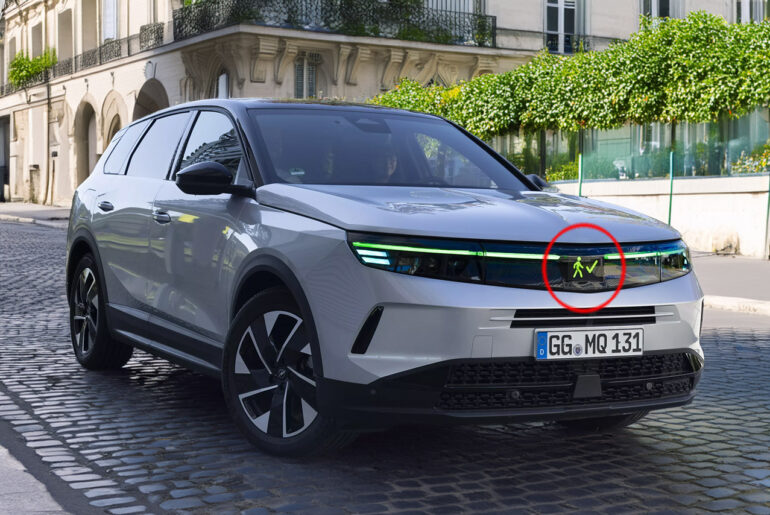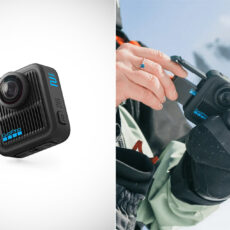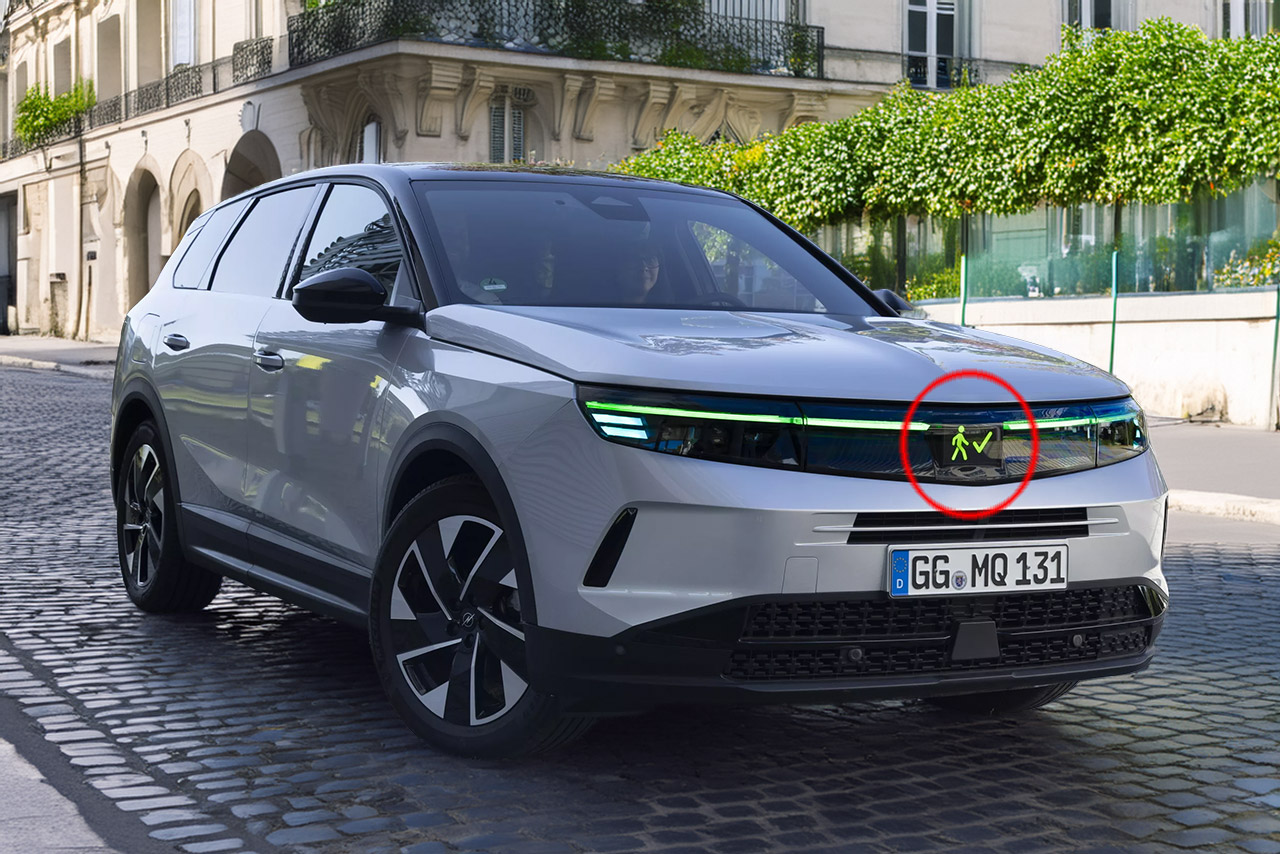
Opel’s latest Grandland prototype is an autonomous SUV developed in collaboration with TU Darmstadt University that features a lighting system that signals to pedestrians. Colors and symbols replace traditional white LEDs and give us a glimpse into a future where cars don’t just drive on the road but engage with the people around them.
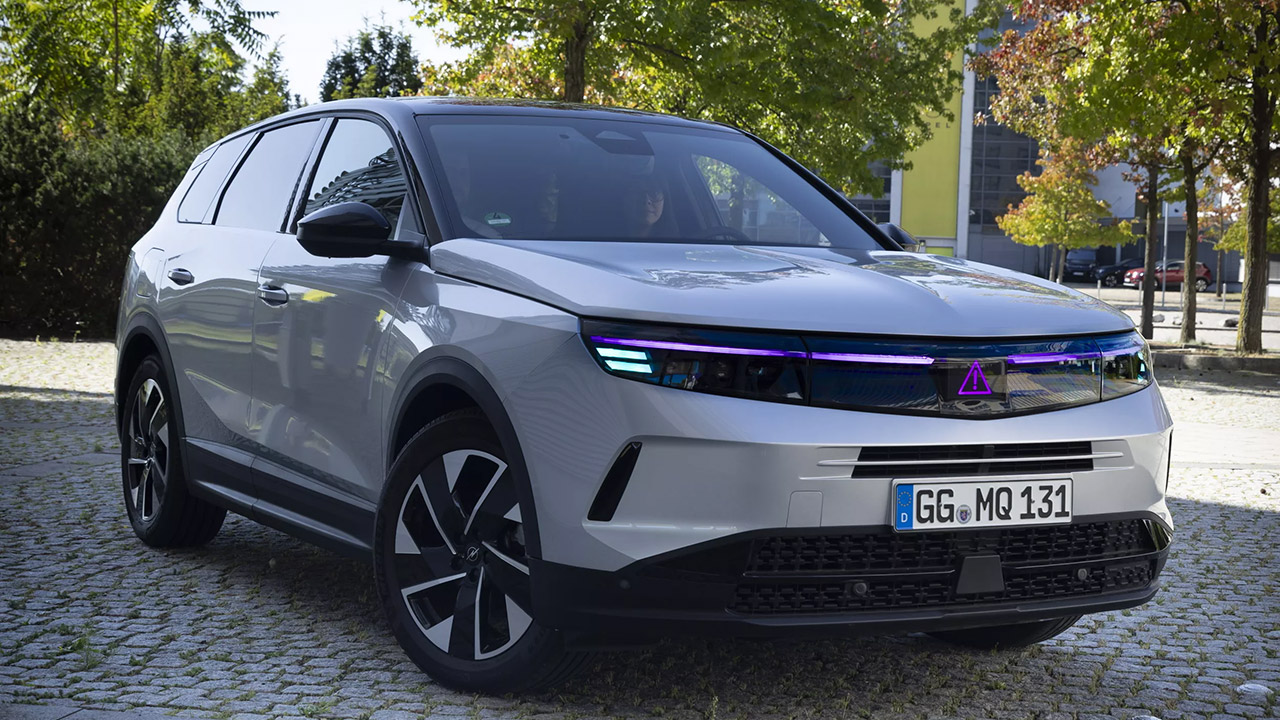
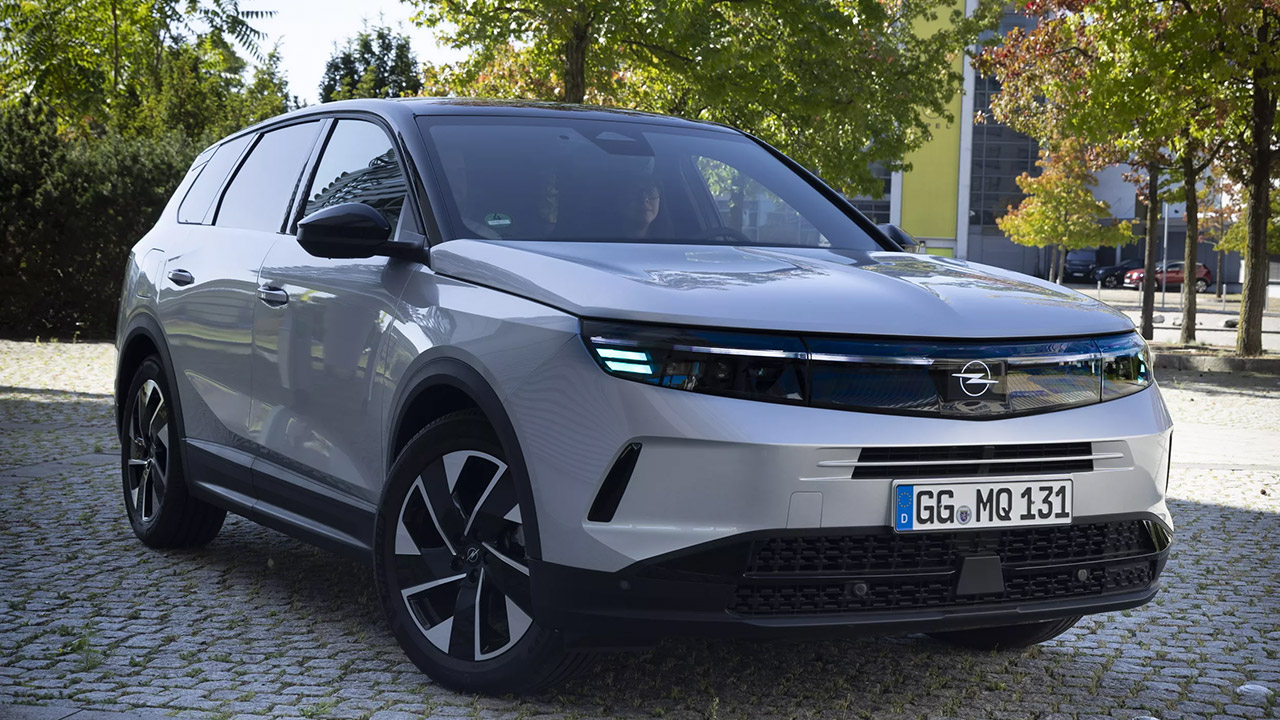
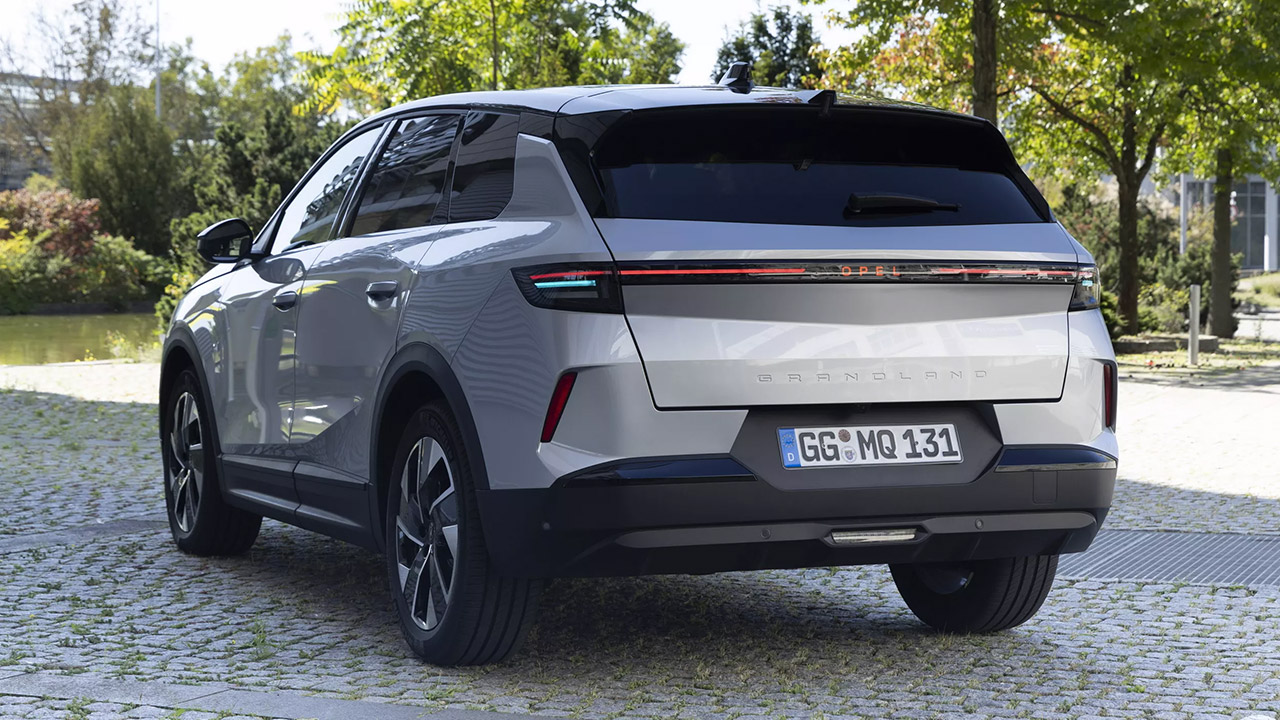
The team wanted to solve a fundamental problem: as cars take on more driving responsibilities, how do they tell pedestrians what they are about to do? Level 3 autonomy, where the driver can step back under certain conditions, hands control over to the car. But for those outside – a pedestrian crossing the street or a kid chasing a ball – this transition can feel like a black box. Opel’s answer is based on the language of light. When the Grandland is in autonomous mode, the front and rear indicators light blue, a color chosen to differentiate it from other car signals.
- REMOTE CONTROL TOY CAR – Builders ages 10+ can create a fully motorized LEGO Technic Lamborghini Revuelto supercar with authentic Italian styling...
- INTERACTIVE SUPERCAR MODEL – This car toy connects to the CONTROL+ app where drivers can steer the vehicle, activate lights, and monitor live...
- AUTHENTIC LAMBORGHINI FEATURES – The detailed car model includes glow-in-the-dark headlights, sleek aerodynamic body, and realistic proportions that...

When the SUV’s cameras and AI detect a pedestrian in its path, the system kicks in. The headlights turn from white to magenta as the car slows down, a clear indication it’s braking. A small screen – usually featuring Opel’s Blitz logo – shows a warning notice or a pedestrian icon with a stop sign. Once the car comes to a stop, the LEDs turn green and the screen displays a walking figure, indicating it’s safe to cross.

Philipp Röckl, Global Lead Lighting at Stellantis, Opel’s parent company, explains the reasoning behind this approach. He says headlights are no longer just for illumination but also a canvas for communication. By using existing lighting fixtures, the Grandland can convey purpose without needing new technology. The Blitz screen for example serves as a brand logo and a dynamic display.
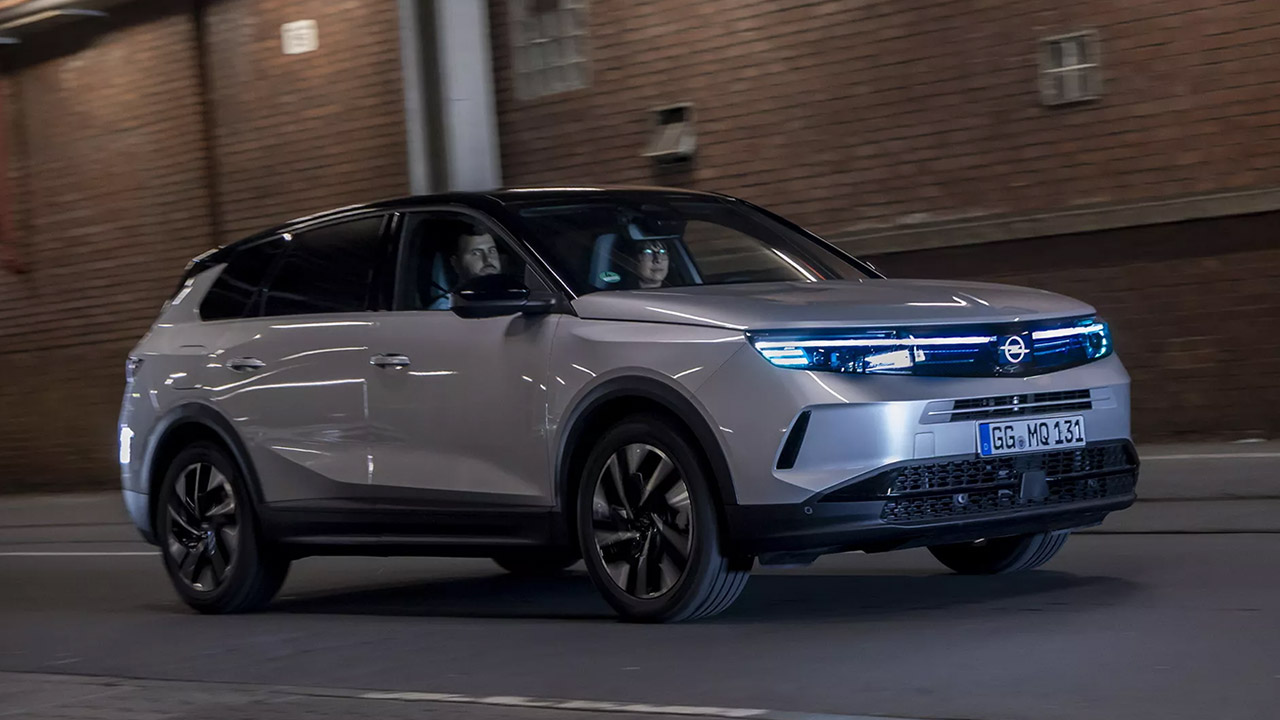
The intelligence comes from a camera setup and an AI-powered “intention prediction” feature. This allows the Grandland to understand real world scenarios – like a pedestrian emerging from between parked cars – in surprising detail. If the AI can’t fix a problem, it hands control back to the driver so safety isn’t compromised.
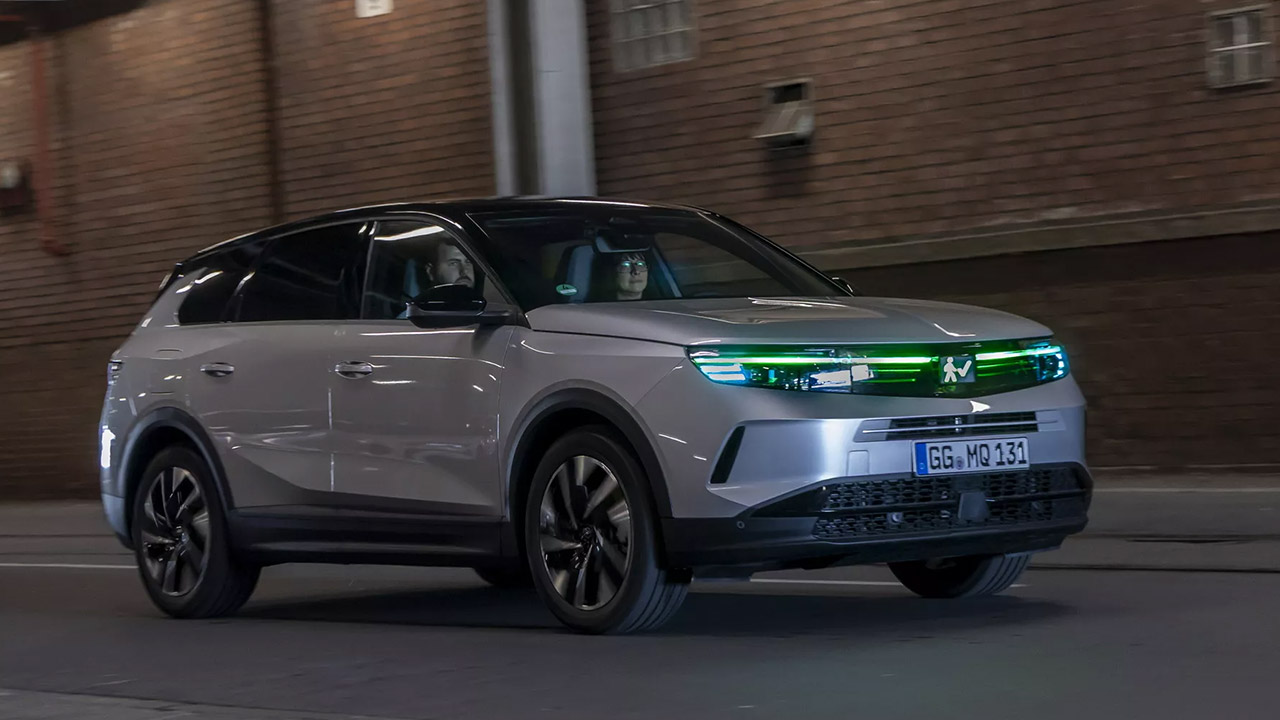
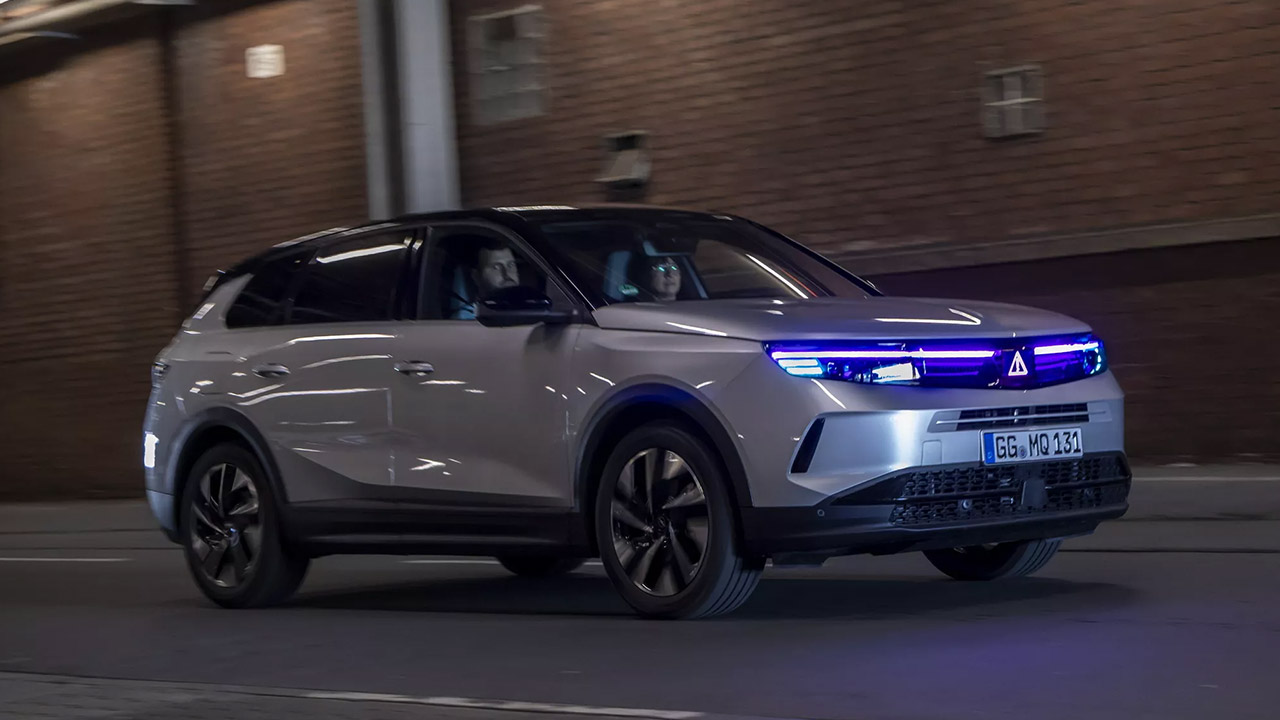
Color is another key aspect, with Julisa Le, Stellantis’ Lead Innovation Engineer, saying cyan and magenta were chosen after careful consideration. These colours aren’t associated with traditional vehicle functions like red brake lights or amber indicators so won’t confuse anyone. Their uniqueness means pedestrians and other road users will understand what the car is doing straight away.
[Source]

